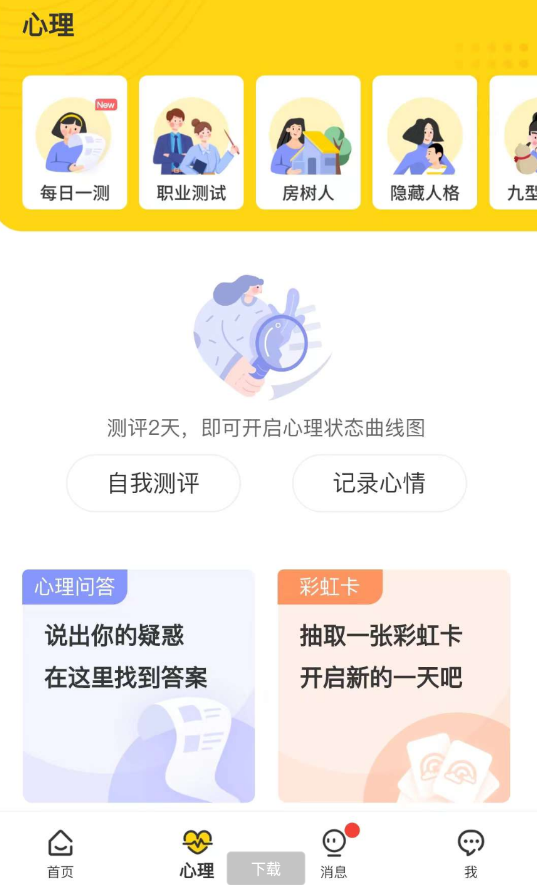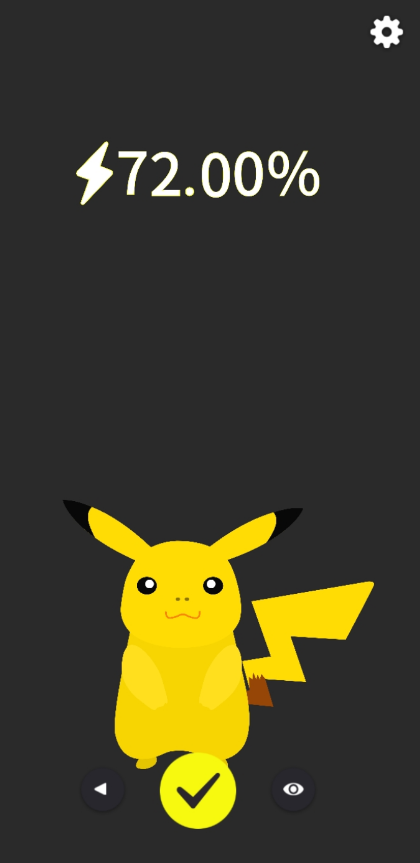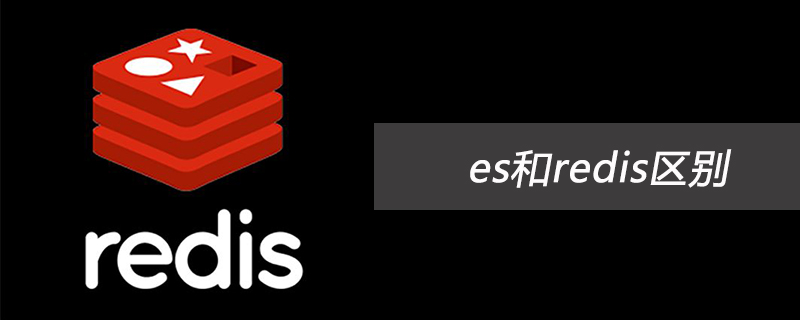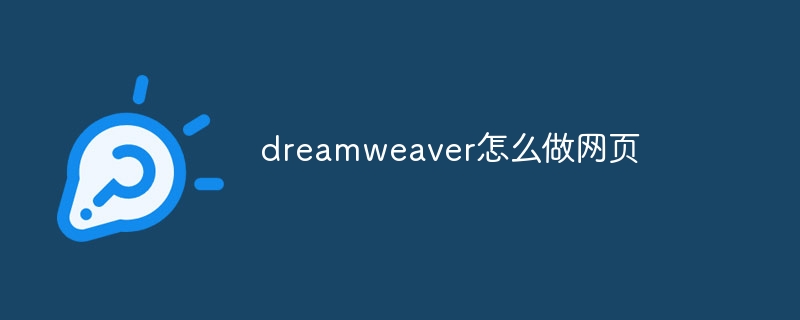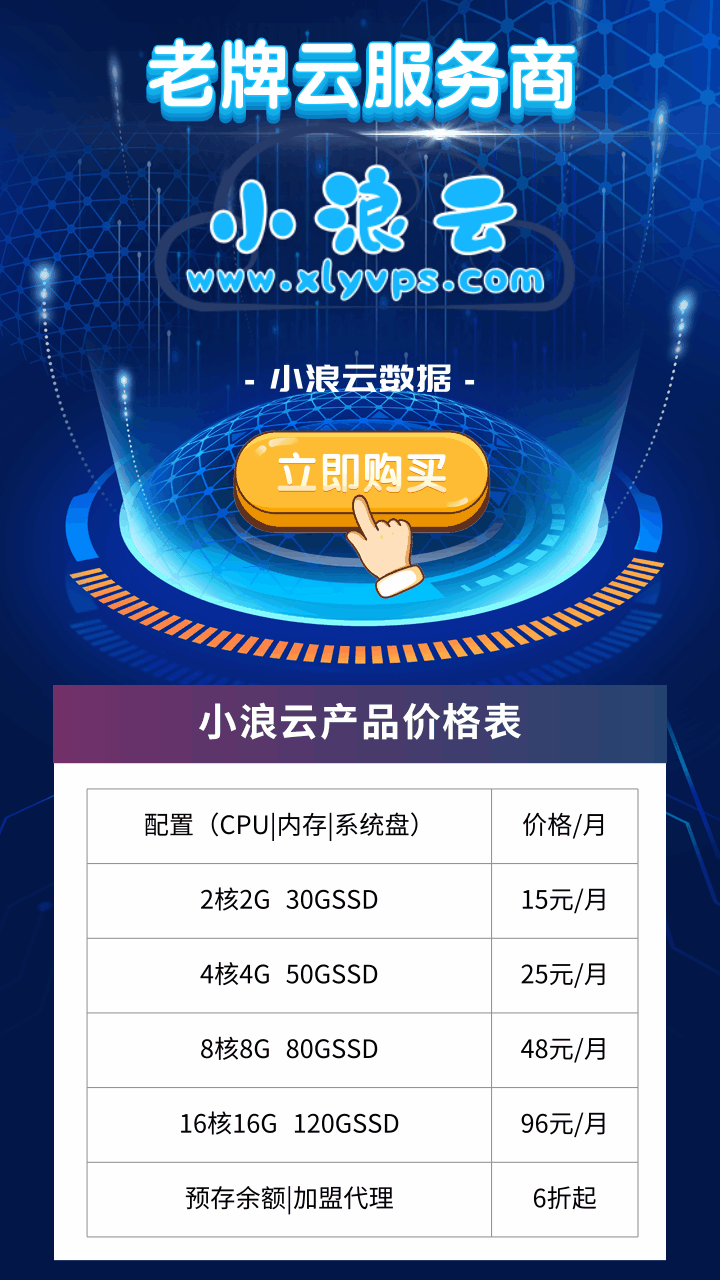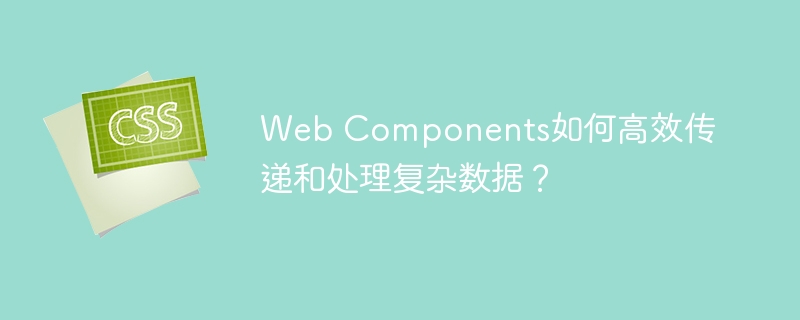
Web Components 复杂数据的高效传递与处理
本文探讨在 Web Components 中安全传递复杂数据(例如包含多个对象的数组)的最佳实践。 假设我们有一个
let data = [{id:1,name:'1'},{id:2,name:'2'},{id:1,name:'3'},...];
直接将 JavaScript 对象作为属性传递并非理想方案,因为 Web Components 属性只能接收字符串。 因此,我们需要将数据序列化为字符串再传递。 json 字符串化是常用的方法。
在父组件中,我们将 data 对象转换为 JSON 字符串,然后赋值给
let data = [{id:1,name:'1'},{id:2,name:'2'},{id:1,name:'3'}]; let jsonString = JSON.stringify(data); document.querySelector('order-tree').data = jsonString;
在
class OrderTree extends HTMLElement { constructor() { super(); this.attachShadow({ mode: 'open' }); } connectedCallback() { try { let data = JSON.parse(this.data); // 现在 data 是一个 JavaScript 对象,可以正常使用了 console.log(data); // ... 使用 data ... } catch (error) { console.error('JSON 解析失败:', error); // 处理 JSON 解析错误,例如显示错误信息或使用默认数据 } } get data() { return this.getAttribute('data'); } set data(value) { this.setAttribute('data', value); } } customElements.define('order-tree', OrderTree);
此方法确保复杂数据安全有效地传递给 Web Components 并进行解析。 记住在组件内部添加错误处理机制,以应对 JSON.parse() 失败的情况,例如显示错误信息或使用默认数据。
© 版权声明
文章版权归作者所有,未经允许请勿转载。
THE END









